By Size
Known to Iranian tribes
Shape & Thickness
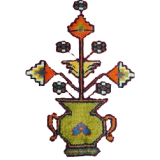
Hand-made rugs
Ghashghaï
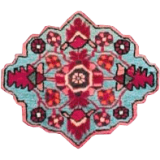
Hand-made rugs
Nahavand
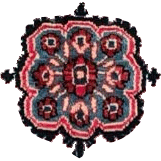
Hand-made rugs
Malayer
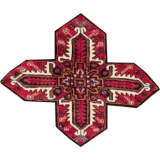
Hand-made rugs
Tabriz heriz
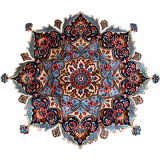
Hand-made rugs
Tuyserkan Hamadan
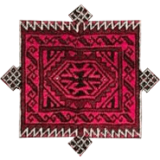
Hand-made rugs
Baloutche










